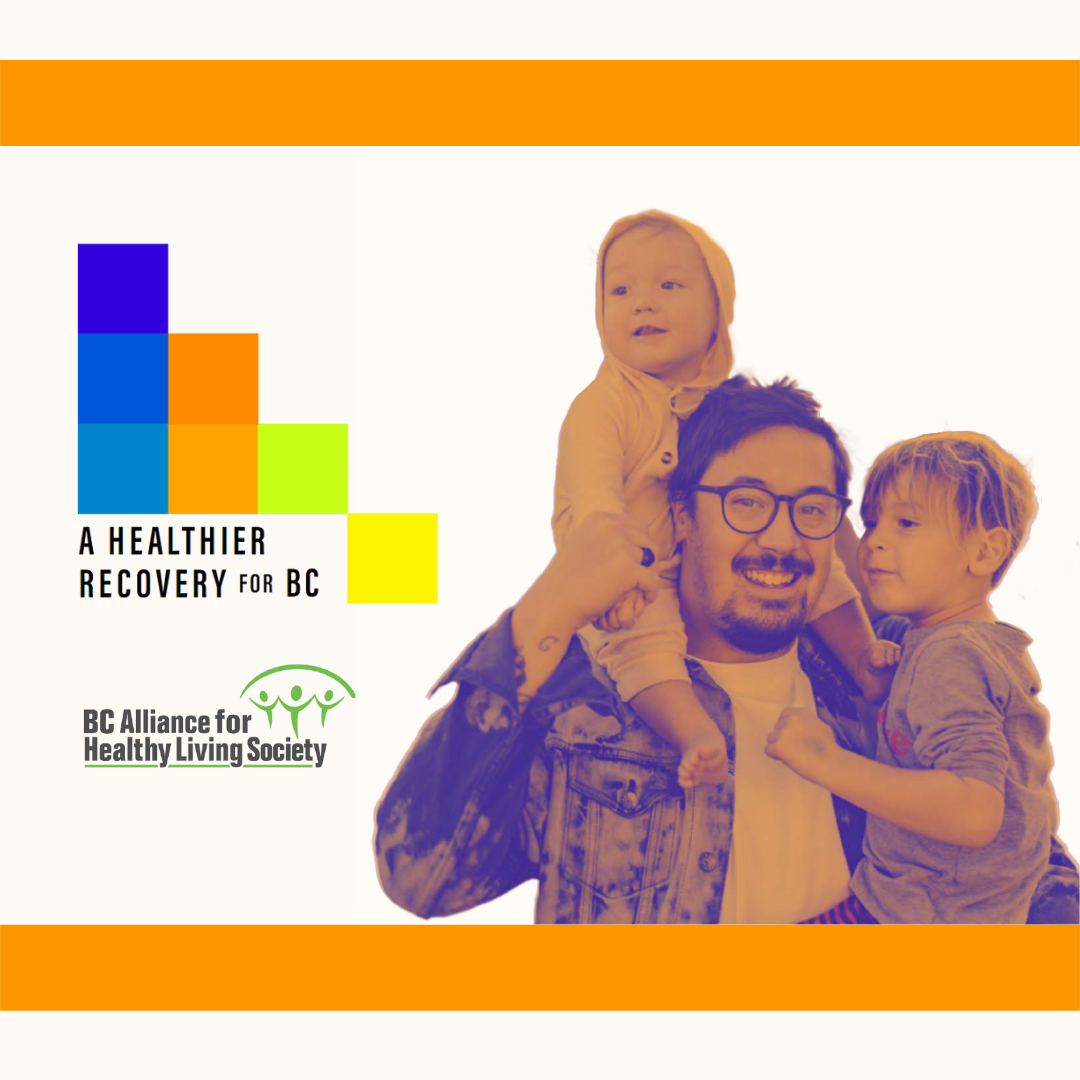Transportation has a direct impact on one’s ability to access health promoting services including essential amenities such as grocery stores, schools, recreation facilities, health care and employment.
Public transportation is a basic amenity that provides multiple benefits for all but is particularly necessary for those who don’t own or aren’t able to drive their own vehicle. This includes people on limited incomes, those with physical impairments or disabilities, youth, some seniors and others.
In addition, by building walking and cycling facilities into communities – we also build physical activity into our daily routines.
BCAHL promotes the following policies:
- The BC Government should allocate $100 million in active transportation per year over the next ten years. Prioritize investments in:
- Walking and rolling facilities which include enhancements such as traffic-calming and safe street crossings, benches, lighting and way-finding as these are important to meet the needs of those in wheelchairs as well as the growing demands of an aging population.
- Multi-use facilities that separate highway vehicle traffic from pedestrians and cyclists who are traveling between regional centres and outlying communities that are connected by provincial highways.
- Triple ‘A’ (all ages and abilities) cycling facilities which have been show to motivate higher numbers of people to travel by bike (including seniors and women with children), while also reducing risk of injury for all users. [i, ii]
- Active School Travel Planning – including education and programming as well as street design and end-use facilities for healthy, active children.
- Education Initiatives with a focus on increasing safety, removing barriers and motivating more British Columbians to try active transportation.
- An ongoing program for auditing, planning and upgrading cycling and walking facilities on provincial roads and bridges.
- Increase investments in public transit – emphasize projects that maximize ridership while meeting local and regional needs.
- Work together with First Nations leaders and other levels of government to address the infrastructure needs on reserves and to ensure there are safe, active transportation connections that link reserves with regional centres along provincial and municipal roads.
- Encourage the development of hubs with higher density housing, shops and services to facilitate transit for the surrounding community (transit-oriented development) in areas where the density is considered too low to deliver efficient regular transit service.
- Establish a task force to explore innovative public transportation systems that can serve rural and remote populations and others with mobility challenges.
- Explore ways to improve transportation to health services including prevention, primary, treatment and tertiary services for rural and remote residents that are unable to afford transportation
- Continue to support local governments to create complete, connected communities with shops, services, food and employment accessible by transit systems and pedestrian and cycling infrastructure.
- Ensure the integration of active transportation routes with public transit and BC Ferries to create a seamless network for users.
References:
[i] Winters M, Davidson G, Kao DN, Teschke K. Motivators and deterrents of bicycling: Comparing influences on decisions to ride. Transportation 2011;38(1):153-68.
[ii] Winters M, Babul S, et al. Safe Cycling: How Do Risk Perceptions Compare With Observed Risk? Can J Public Health 2012;103(Suppl. 3):S42-S4.


